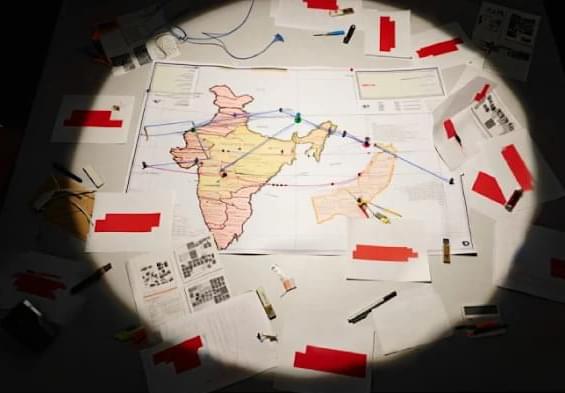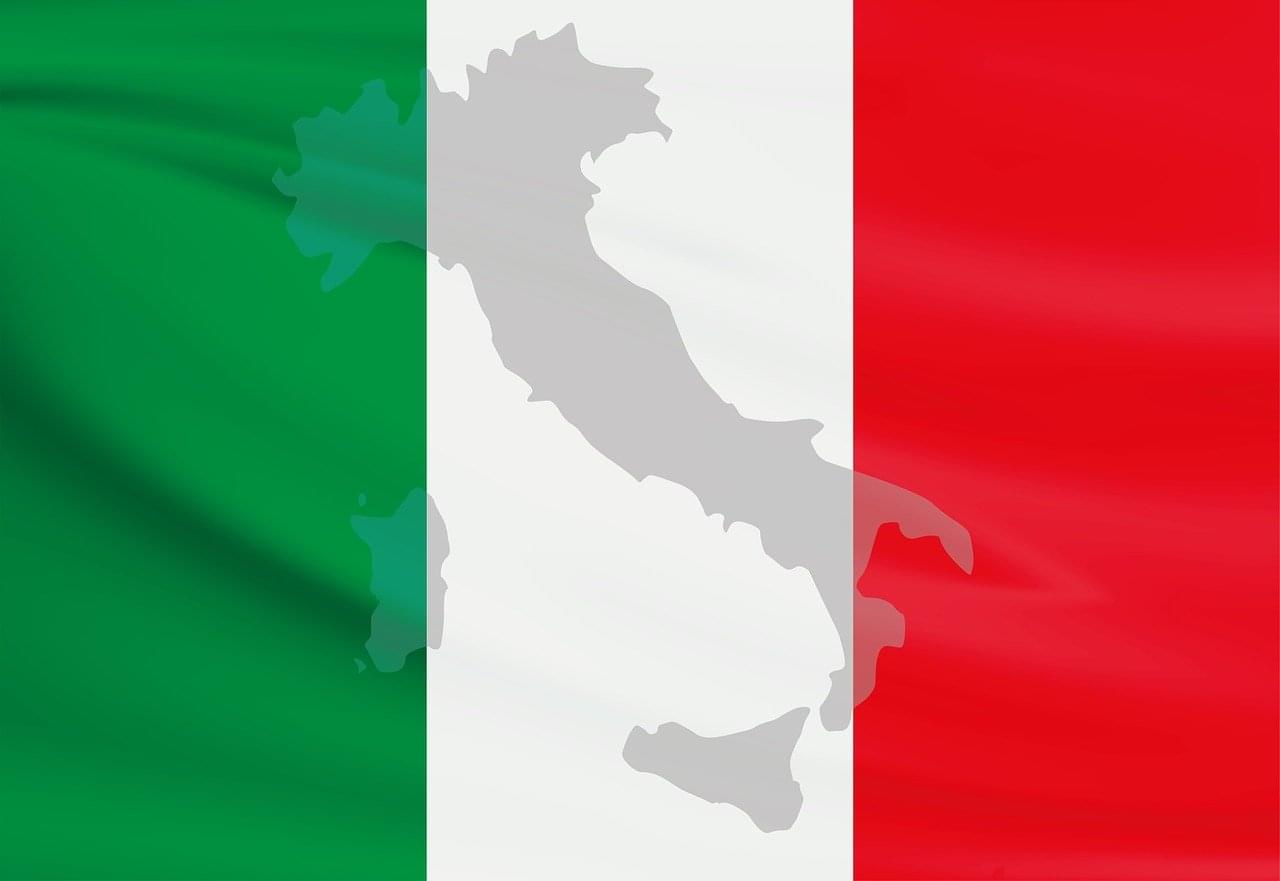The British government isn’t the only one looking to introduce digital ID cards. There is so much to worry about here, not least the threat of hacks, says Annalee Newitz


The British government isn’t the only one looking to introduce digital ID cards. There is so much to worry about here, not least the threat of hacks, says Annalee Newitz

A Pakistan-nexus threat actor has been observed targeting Indian government entities as part of spear-phishing attacks designed to deliver a Golang-based malware known as DeskRAT.
The activity, observed in August and September 2025 by Sekoia, has been attributed to Transparent Tribe (aka APT36), a state-sponsored hacking group known to be active since at least 2013. It also builds upon a prior campaign disclosed by CYFIRMA in August 2025.
The attack chains involve sending phishing emails containing a ZIP file attachment, or in some cases, a link pointing to an archive hosted on legitimate cloud services like Google Drive. Present within the ZIP file is a malicious Desktop file embedding commands to display a decoy PDF (“CDS_Directive_Armed_Forces.pdf”) using Mozilla Firefox while simultaneously executing the main payload.

Researchers at University of Limerick (UL) have developed a battery that could reshape the future of electric vehicles and portable electronics. Their breakthrough in energy storage technology has seen the development of the world’s first full-cell dual-cation battery.
This innovative system combines lithium and sodium ions to significantly enhance both battery capacity and stability, marking a new frontier in sustainable energy research.
The work, published in Nano Energy, was led by Hugh Geaney, Associate Professor of Chemistry at UL’s Department of Chemical Sciences and Principal Investigator at UL’s Bernal Institute, and Government of Ireland postdoctoral fellow, Dr. Syed Abdul Ahad, his colleague at the Department and the Bernal Institute.


Cybersecurity researchers have disclosed details of a coordinated spear-phishing campaign dubbed PhantomCaptcha targeting organizations associated with Ukraine’s war relief efforts to deliver a remote access trojan that uses a WebSocket for command-and-control (C2).
The activity, which took place on October 8, 2025, targeted individual members of the International Red Cross, Norwegian Refugee Council, United Nations Children’s Fund (UNICEF) Ukraine office, Norwegian Refugee Council, Council of Europe’s Register of Damage for Ukraine, and Ukrainian regional government administrations in the Donetsk, Dnipropetrovsk, Poltava, and Mikolaevsk regions, SentinelOne said in a new report published today.
The phishing emails have been found to impersonate the Ukrainian President’s Office, carrying a booby-trapped PDF document that contains an embedded link, which, when clicked, redirects victims to a fake Zoom site (“zoomconference[.]app”) and tricks them into running a malicious PowerShell command via a ClickFix-style fake Cloudflare CAPTCHA page under the guise of a browser check.

CVE-2025–53770, assessed to be a patch bypass for CVE-2025–49704 and CVE-2025–49706, has been weaponized as a zero-day by three Chinese threat groups, including Linen Typhoon (aka Budworm), Violet Typhoon (aka Sheathminer), and Storm-2603, the latter of which is linked to the deployment of Warlock, LockBit, and Babuk ransomware families in recent months.
However, the latest findings from Symantec indicate that a much wider range of Chinese threat actors have abused the vulnerability. This includes the Salt Typhoon (aka Glowworm) hacking group, which is said to have leveraged the ToolShell flaw to deploy tools like Zingdoor, ShadowPad, and KrustyLoader against the telecom entity and the two government bodies in Africa.
KrustyLoader, first detailed by Synacktiv in January 2024, is a Rust-based loader previously put to use by a China-nexus espionage group dubbed UNC5221 in attacks exploiting flaws in Ivanti Endpoint Manager Mobile (EPMM) and SAP NetWeaver.

Traveling to space presents significant challenges to human health, with research detailing a variety of detrimental effects on the body that may mirror accelerated aging. These include a loss of bone density, swelling of brain and eye nerves, and changes in gene expression. NASA’s groundbreaking study featuring identical twin astronauts Mark and Scott Kelly provided vital insights into these concerns by observing Scott’s physical condition after spending 340 days in space, while Mark remained on Earth. Findings from this 2019 “twins study,” published in the journal Science, revealed that Scott experienced DNA damage, cognitive decline, and persistent telomere shortening—an indication of aging—even six months post-mission.
Recent research has now uncovered an alarming revelation about stem cells during spaceflight, indicating that they exhibit signs of aging at a staggering rate—up to ten times faster than their counterparts on Earth. Dr. Catriona Jamieson, director of the Sanford Stem Cell Institute at the University of California, San Diego, and a lead author of the new study published in the journal Cell Stem Cell, articulated the significance of this finding. Stem cells, which are crucial for the development and repair of various tissues, losing their youthful capacity could lead to grave health issues, such as chronic diseases, neurodegeneration, and cancer.
This study arrives at a pivotal moment, as both government agencies and private companies are gearing up for long-duration missions to the moon and beyond. With the surge in interest in spaceflight, understanding the associated health risks has never been more urgent. Insights from this accelerated cellular aging could not only inform safer space travel but also enhance our understanding of biological processes on Earth.

The Dutch government is tightening its export restrictions on microchip-making machines, specifically deep ultraviolet (DUV) lithographic machines. A licensing requirement will apply to the export of older types of DUV machinery beginning on Saturday, a decision which primarily impacts Dutch business ASML. Foreign Trade Minister Reinett Klever cited national security concerns when announcing the measure on Friday.
According to ASML, the licensing requirement update is a technical change that mainly means that the company will apply for export licenses from the government of the Netherlands, not the United States, for two older types of DUV immersion lithography systems (1970i and 1980i). The Dutch government already implemented a licensing requirement for the newer generations of DUV machines (2000i and later) in September last year.
DUV lithography machines are the second-most advanced microchip-making machines, after extreme ultraviolet (EUV) lithography machines. Dutch company ASML is the world’s only manufacturer of EUV lithography machines and is also a global leader in the production, refurbishment, and repair of DUV lithography machines. DUV machines can still be used to make highly sophisticated microchips, and some of China’s leading tech companies, like Huawei, are actively pushing the limits of the older technology.

IonQ and D-Wave, two publicly traded U.S. quantum computing companies, are joining as founding members of Q-Alliance, a new initiative in Lombardy described by organizers as the foundation of “the world’s most powerful quantum hub.”
The alliance, formalized in Como with a memorandum of understanding, is designed to accelerate quantum research and industrial applications as part of Italy’s broader digital transformation agenda, according to a news release. It is backed by the Italian government’s Interministerial Committee for Digital Transition and supported by Undersecretary of State Senator Alessio Butti.
Q-Alliance will serve as an open platform connecting universities, research institutions, and private industry. The program aims to train young researchers through scholarships and internships, promote collaboration across scientific disciplines, and position Italy as a European center for quantum development.

Approximately 550 employees of NASA’s Jet Propulsion Laboratory (JPL) will be laid off, according to an announcement made on the agency’s website on Monday (Oct. 13).
The news comes in the midst of an ongoing U.S. government shutdown and the looming threat of the single largest funding reduction in NASA’s 66-year history. Due to those potential cuts, NASA has been forced to reshape many of its science and space exploration efforts. However, NASA has stated this latest wave of layoffs are unrelated to the government shutdown that has seen over 15,000 federal employees furloughed and is, rather, part of an agency-wide “reorganization” that began in June.